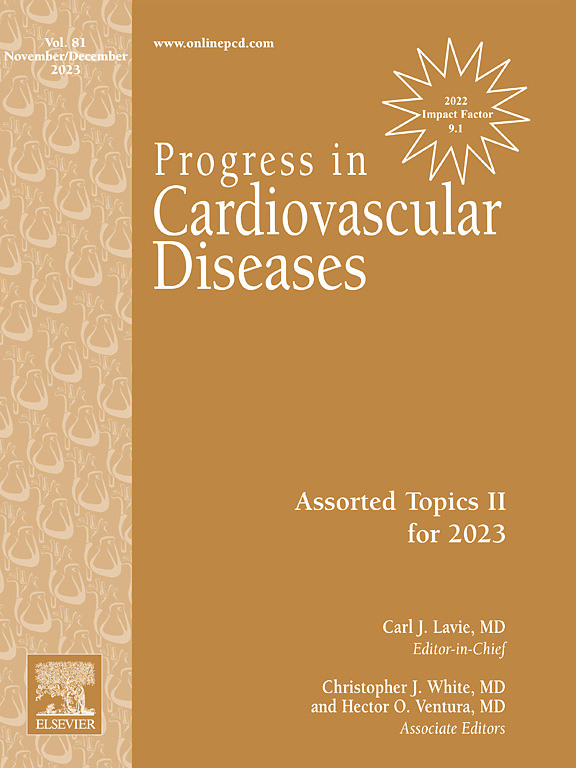Impact of contact force and pulsed field ablation parameters on myocardial lesion formation during pulsed field ablation: A systematic review of pre-clinical studies
IF 7.6
2区 医学
Q1 CARDIAC & CARDIOVASCULAR SYSTEMS
引用次数: 0
Abstract
Pulsed field ablation (PFA) is a novel and minimally thermal energy source that exploits the biophysics of irreversible electroporation (IRE) to cause cell death. Differently from radiofrequency ablation (RFA) where adequate catheter-tissue contact proved paramount in lesion formation, the additional role of contact force (CF) during PFA is under debate due to the inherent myocardial selectivity and the customizable nature of IRE. In fact, it is not clear whether the amount of contact exerted during PFA delivery is as pivotal in achieving optimal lesion size as during RFA. Moreover, the variety of PFA catheters and the myriads of IRE ablation settings available would further potentially limit the role of CF in this scenario. However, beyond CF, specific ablation parameters, such as the PFA dose, number of pulses, catheter tip orientation and specific PFA workflows, proved to act in synergy with CF in achieving wide and deep ablation lesions even during PFA delivery. Therefore, the aim of this systematic review is to provide a better understanding on which ablation parameters – CF included - can help to obtain effective lesion formation during PFA.
接触力和脉冲场消融参数对脉冲场消融过程中心肌病变形成的影响:临床前研究的系统回顾。
脉冲场烧蚀(PFA)是一种利用不可逆电穿孔(IRE)的生物物理特性导致细胞死亡的新型低热能源。与射频消融术(RFA)不同,充分的导管与组织接触在病变形成中被证明是至关重要的,由于固有的心肌选择性和IRE的可定制性,PFA期间接触力(CF)的额外作用正在争论中。事实上,目前尚不清楚在PFA输送过程中施加的接触量是否与RFA过程中达到最佳病变大小一样关键。此外,各种各样的PFA导管和无数可用的IRE消融设置将进一步限制CF在这种情况下的作用。然而,除了CF,特定的消融参数,如PFA剂量、脉冲数、导管尖端方向和特定的PFA工作流程,被证明与CF协同作用,即使在PFA输送过程中也能实现广泛和深度的消融病变。因此,本系统综述的目的是提供更好的理解消融参数-包括CF -可以帮助在PFA期间获得有效的病变形成。
本文章由计算机程序翻译,如有差异,请以英文原文为准。
求助全文
约1分钟内获得全文
求助全文
来源期刊

Progress in cardiovascular diseases
医学-心血管系统
CiteScore
10.90
自引率
6.60%
发文量
98
审稿时长
7 days
期刊介绍:
Progress in Cardiovascular Diseases provides comprehensive coverage of a single topic related to heart and circulatory disorders in each issue. Some issues include special articles, definitive reviews that capture the state of the art in the management of particular clinical problems in cardiology.
 求助内容:
求助内容: 应助结果提醒方式:
应助结果提醒方式:


